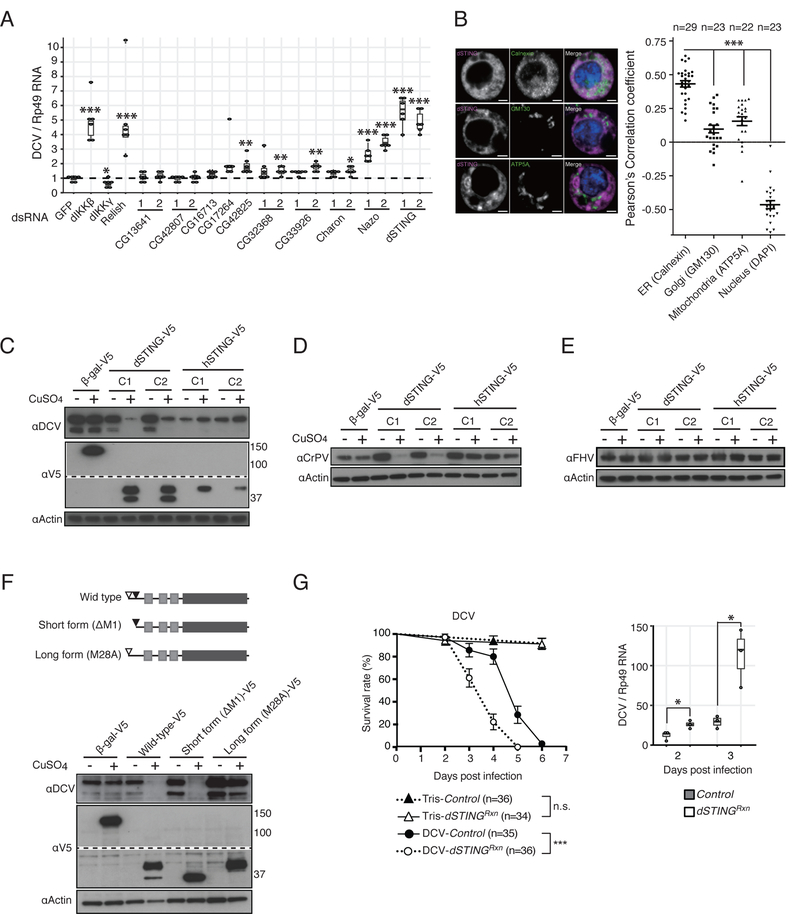Figure 3. dSTING, a dIKKb-regulated gene, is necessary and sufficient to restrict replication of Dicistroviridae.
(A) Expression of the 10 dIKKβ-regulated genes was silenced using dsRNA targeting one or two regions of the genes (labelled 1 and 2). Cells were infected with DCV and viral replication was monitored. A representative from two experiments is shown, each containing 6 biological replicates.
(B) Intracellular localization of V5-tagged version of dSTING using the indicated markers for co-localization.
(C–E) Stable cell lines for inducible expression of dSTING or hSTING were established, infected with DCV (C), CrPV (D) or FHV (E) and analyzed by immunoblot using the indicated antibodies. A b-galactosidase (b-gal) expressing cell line was used as control. Results for two independent clones (labelled C1 and C2) are shown.
(F) Stable cell lines expressing the two isoforms of dSTING (DM1 and M28A) were established, infected with DCV and the cell lysates were analyzed by immunoblot using the indicated antibodies.
(G) dSTING null mutant (dSTINGRxn) and control flies were challenged with DCV and survival rate and viral RNA load were monitored at the indicated time points. Data representative of two independent experiments each involving 3 biological replicates are shown. Statistics are the same as in Figure 1. See also Figure S3 and S4A–C.

